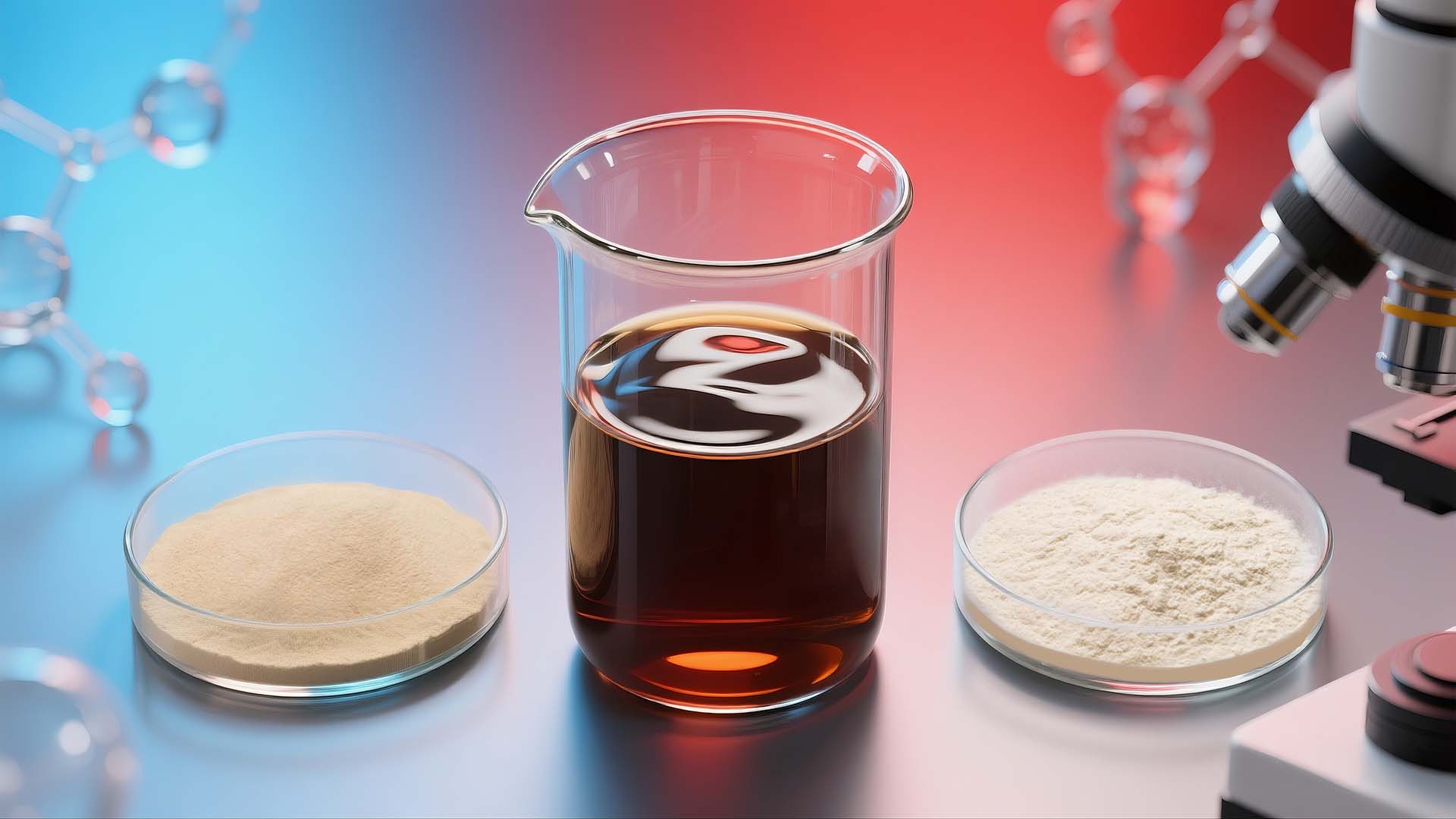Glucose Oxidase
Grade:Food
| Activity | 20,000-500,000 U/g |
| Dosage(U/kg) | 400-500 |
| Form | Powder, Granule |
| Package | 25kg/bag |
EC Molecular formula: EC 3.1.3.8(酸性)、EC 3.1.3.26(碱性)
1. Product Overview
This product is purified through submerged liquid fermentation using high-efficiency engineered strains and prepared with advanced enzyme stabilization technology. As an industry-leading phytase preparation, its groundbreaking thermal stability, environmental resilience, and catalytic efficiency make it highly valuable in feed processing, food industry, and biotechnology applications.
2. Mechanism of Action
Phytase specifically hydrolyzes phosphate monoester bonds in phytic acid (inositol hexaphosphate), preferentially cleaving C3/C6 phosphate groups. The catalytic pathway is as follows:
Phytic Acid (IP6) → IP5 (Inositol Pentaphosphate) → IP4 (Inositol Tetraphosphate) → IP3 (Inositol Triphosphate) → IP2 → Inositol
This process continuously releases free phosphate groups while liberating metal ions (Ca²⁺, Zn²⁺, Fe²⁺, etc.), proteins, and starch chelated by phytic acid.
3. Performance Parameters
1. Temperature Profile
- Effective Operating Range: 30–95°C
- Optimal Catalytic Temperature: 35–90°C
- Heat Resistance: Retains >90% activity after 3-minute treatment at 95°C
2. pH Adaptability
- Effective pH Range: 2.0–8.0
- Optimal pH Range: 2.0–7.5
4. Enzyme Activity Definition
One activity unit (U) is defined as the amount of enzyme required to release 1 μmol of inorganic phosphorus per minute from a 5.0 mmol/L sodium phytate solution under standard conditions (pH 5.5, 37°C).
